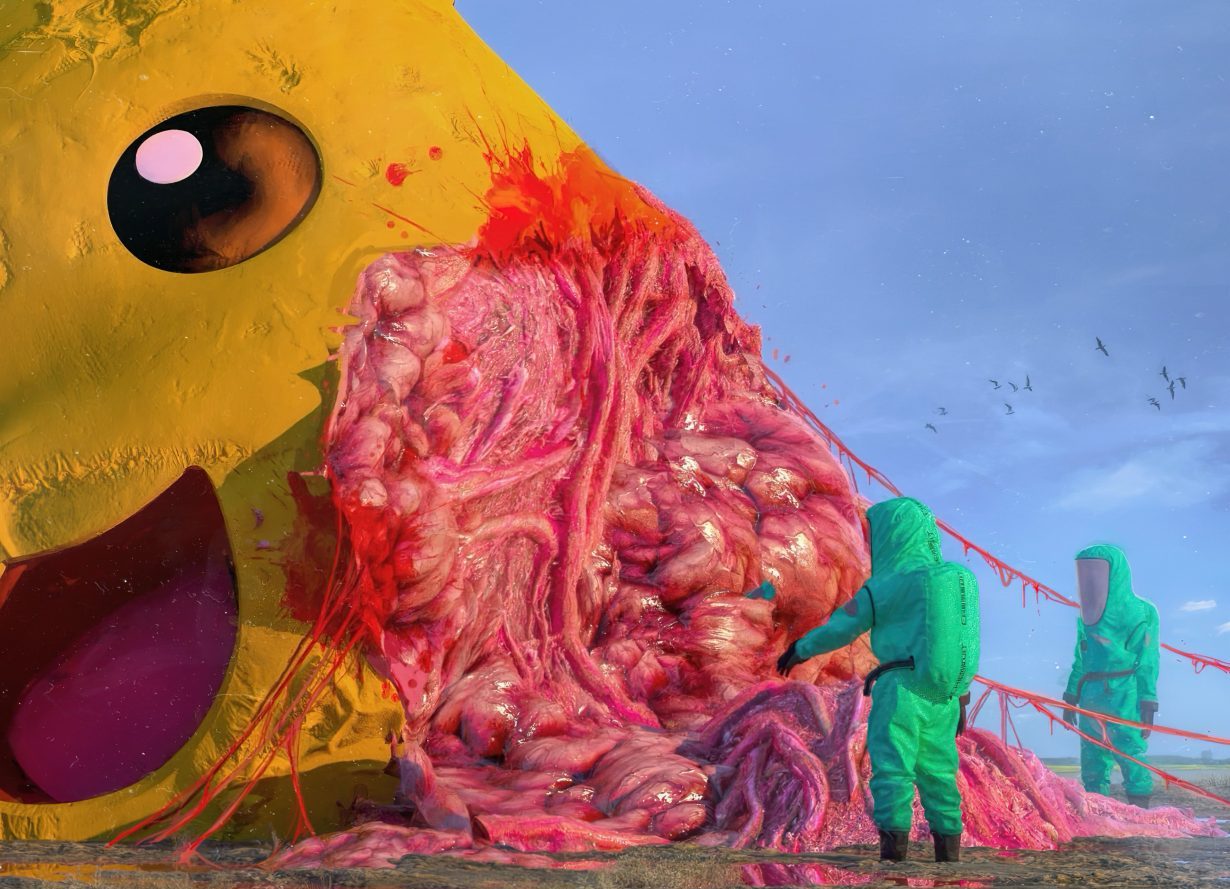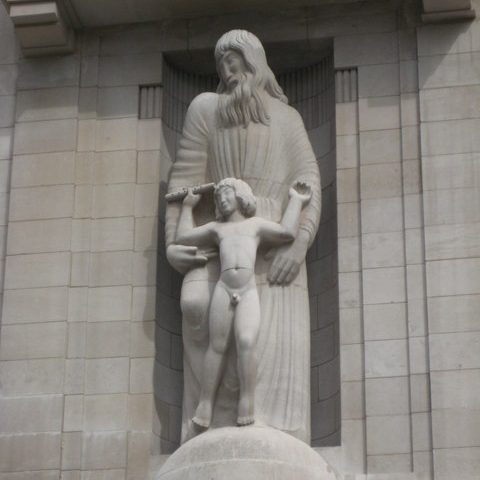-
The naked truth about Marina Abramović
Celebrated as a secular saint, the artist’s hollow brand of ‘shocking’ performance art only reveals that we are desperate for meaning My comment piece on the Marina Abramović retrospective at the Royal Academy of Arts, London
-
Why NFT Art Is Obsessed With Our Bodies
What Madonna’s collaboration with Beeple tells us about the status of human-centred reality
-
Yes, NFTs are brainless – but so is a lot of art
The garish, exorbitantly priced JPGs currently bewitching the art world might not be to everyone’s taste. But since when has that mattered? With its knack for colliding cultural novelty with fast money and a lack of judgement, contemporary art is always an easy target for ridicule – “You paid how much for that thing?” –…
-
Fear of statues
My comment on statue-smashing, from Eric Gill to William Colston, for ArtReview Amid the furious arguments that now surround whether statues should be toppled, destroyed, removed to a museum, ‘interpreted’ or just left where they are, the truth that most statues, most of the time, go unnoticed, is rarely acknowledged. Every day, thousands of Londoners…
-
2021: the Year the Artwork Finally Dematerialised
This was the year that the art object was finally dematerialised. It’s not that eye-melting amounts weren’t still being paid for physical things, of course. After COVID-19 and lockdowns, the art auction market has come roaring back; at the Sotheby’s sale of the collection of Harry and Linda Macklowe in November, a painting by Mark…
-
Political boycotts across the arts are freezing Normal People out
Comment piece on cultural boycotts and cancel culture in the arts, for the Telegraph, 8 November 2021 Using your cultural clout to control what people see or read has never been so popular. With Sally Rooney’s refusal to have her latest novel translated into Hebrew, and Netflix workers staging walkouts in protest at their employer’s…
-
Philip Guston’s KKK Paintings Must Be Shown – But Not as Pawns in the Culture Wars
The backlash over the postponement of the touring exhibition Philip Guston Now is the latest, starkest example of how museums are becoming little more than sites of social and political contestation. The show’s first incarnation, at London’s Tate Modern, had been due to open early next year. Now the show, rethought, reimagined and redone is…


